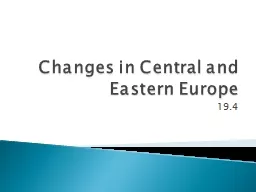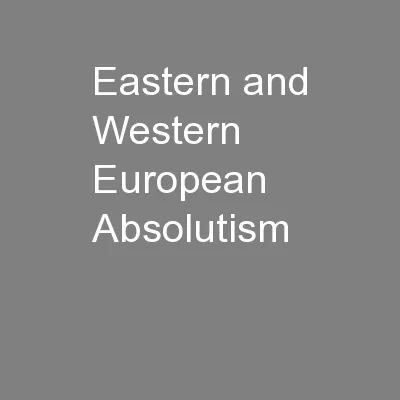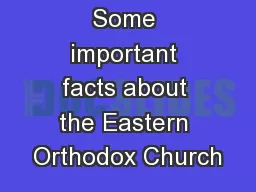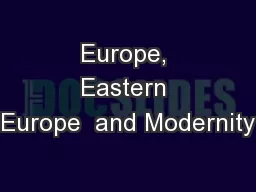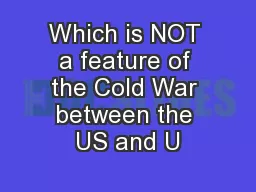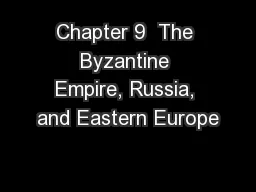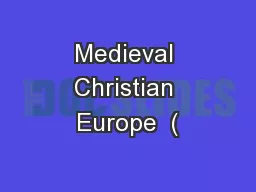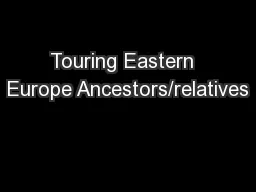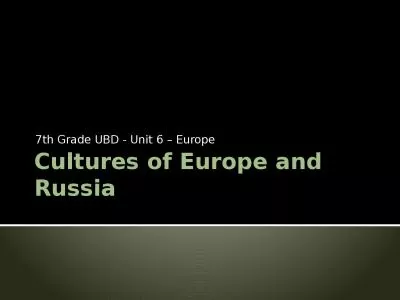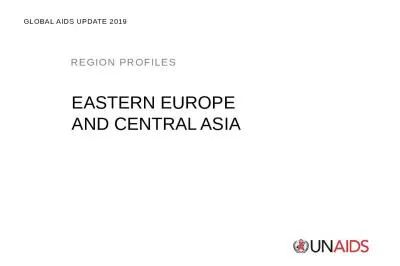PPT-Changes in Central and Eastern Europe
Author : essencemessage | Published Date : 2020-06-25
194 Solidarity Leader Lech Walesa Union that wanted govt recognition Unions illegal under SU law Solidarity workers went on strike at Gdansk shipyard Millions of
Presentation Embed Code
Download Presentation
Download Presentation The PPT/PDF document "Changes in Central and Eastern Europe" is the property of its rightful owner. Permission is granted to download and print the materials on this website for personal, non-commercial use only, and to display it on your personal computer provided you do not modify the materials and that you retain all copyright notices contained in the materials. By downloading content from our website, you accept the terms of this agreement.
Changes in Central and Eastern Europe: Transcript
Download Rules Of Document
"Changes in Central and Eastern Europe"The content belongs to its owner. You may download and print it for personal use, without modification, and keep all copyright notices. By downloading, you agree to these terms.
Related Documents

